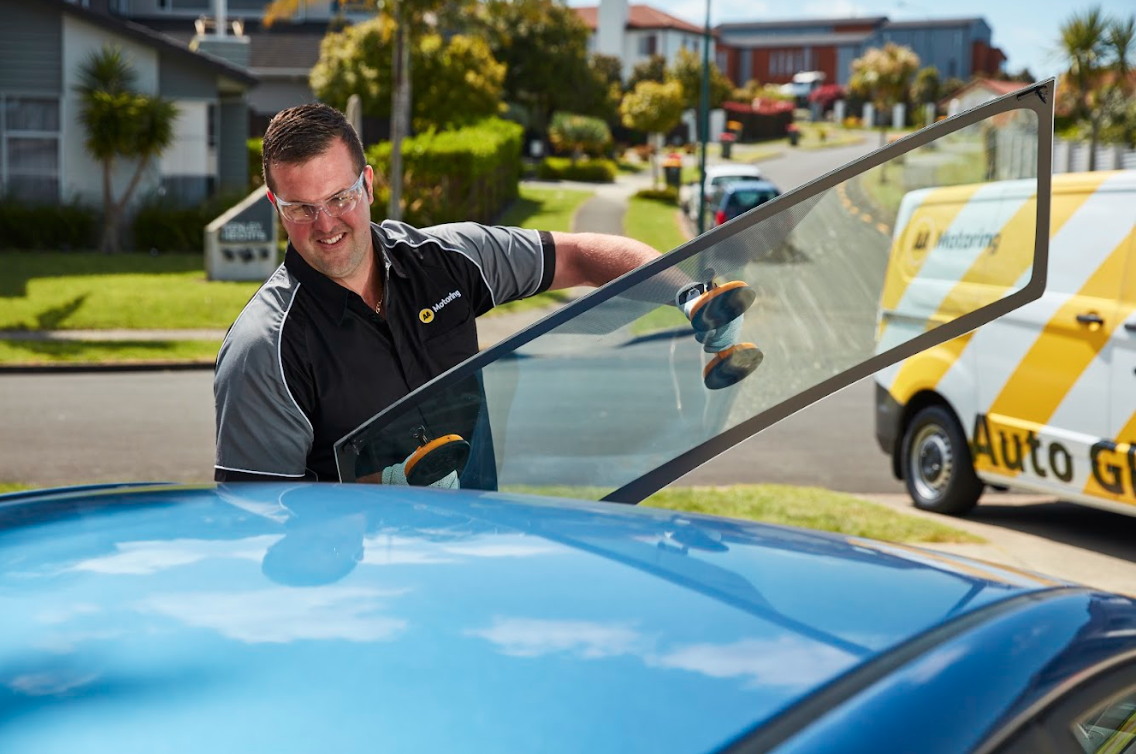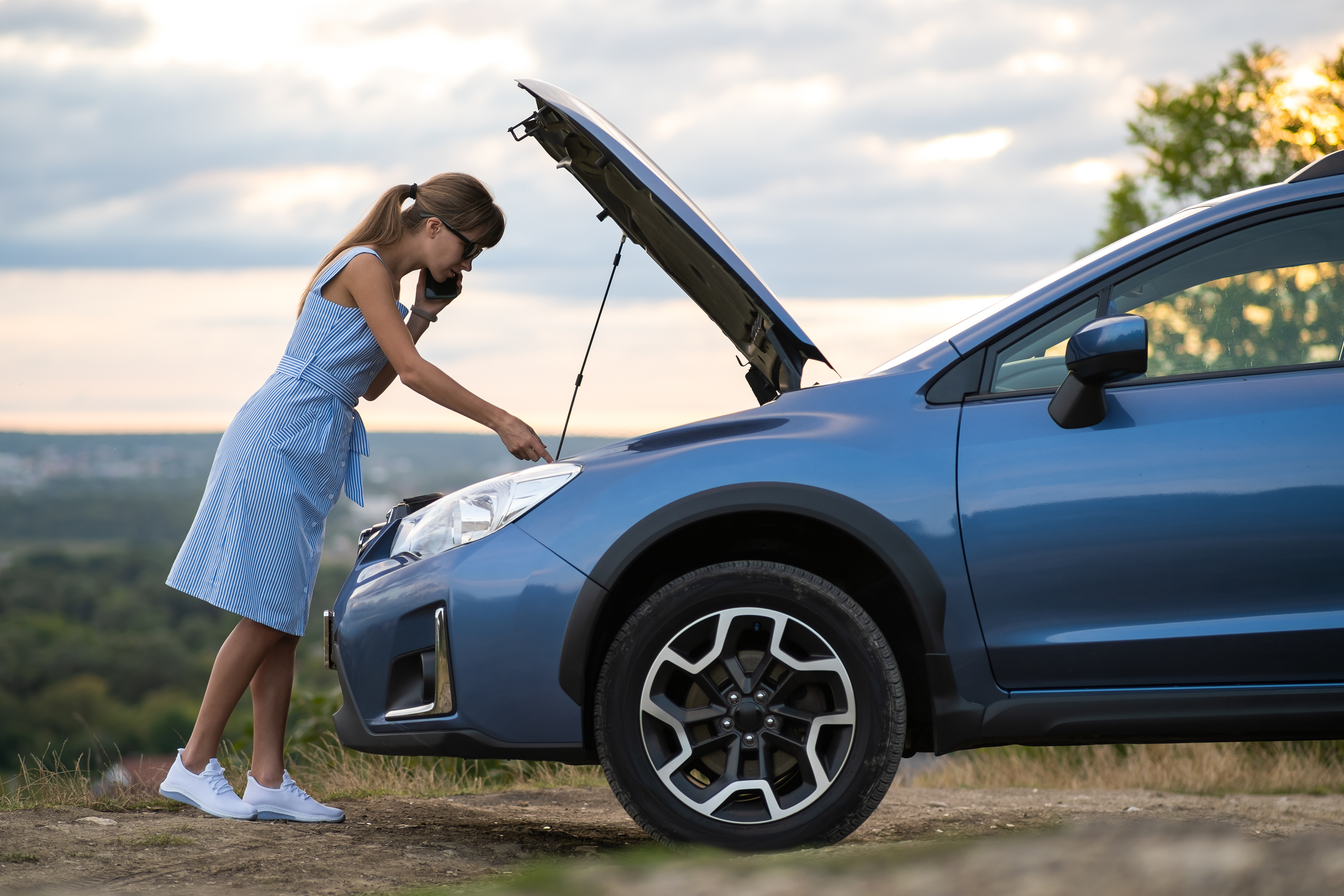
Six things you need to know about your windscreen
Your car’s windscreen is a necessary but pretty boring part of your vehicle, right? That is until something goes wrong, usually at the most inconvenient time. Here are six things you need to know about windscreen safety.


.jpg)







